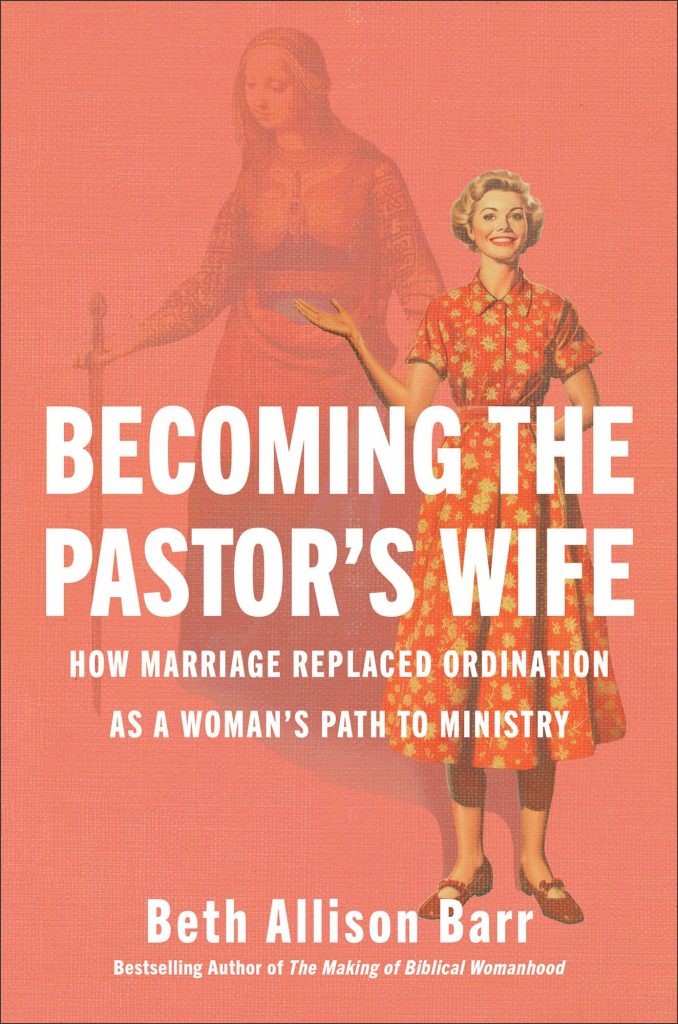After 40-plus years as a pastor, I’ve come to the conclusion that the church has failed to teach its people two basic practices. They are simple but crucial for the development of core values and moral action in alignment with the teachings of Jesus.
We must teach our people to pray and to weep.
To pray: The gift of silence
Of course, we pray all the time in church. But too often, we turn to rote verbal prayers rather than interior prayer.
We pastors have allowed parishioners to cede the praying to us, the professional clergy. (“Pastor, would you offer a prayer?”) And we tend to overemphasize liturgical prayers rather than teaching a deeper, direct, personal connection with the divine source.
I believe that to pray, in the deepest sense, is to connect with God’s love, mercy and justice -- the source of the moral life.
In the past 20 years, thanks to the influence of writers such as Thomas Merton, Henri Nouwen, Thomas Keating, John Main, Richard Rohr and Cynthia Bourgeault, we have rediscovered contemplative, wordless prayer, which was alive in the early centuries of the church.
Jesus frequently left the crowds, going to “a secluded place” to pray (Mark 1:35; 6:46). He also urged his disciples to “come away by yourselves to a secluded place and rest a while” (Mark 6:30-31 NASB).
The practice of contemplative prayer can be restful and restorative. It invites us into a deeper communion with God through sitting in silence, releasing jangling inner thoughts. It’s a steady process of training ourselves to drop down into a state of stillness where we can connect with the inner wellspring, the Holy One, the source of love, compassion and justice.
Rohr has prompted me to think about the role of pastors in teaching this practice. It’s clear to me that the pastor’s spiritual development must come first.
It took me many years before I finally learned to say during my annual review that my No. 1 goal for my ministry was taking care of my own health: spiritual, physical and emotional.
For me, taking annual retreats at New Camaldoli Hermitage was the thing that cracked me open to this careful attention to the inner life. I’ve been captivated by the teaching of St. Romuald, the founder of the Camaldolese monks, who wrote: “Empty yourself completely and sit waiting, content with the grace of God.”
A vital part of being still is breathing -- exhaling the tensions and inhaling the goodness. In the silence, our breathing serves as an ongoing reminder of the life force that continuously reinvigorates our being.
One of my Jewish friends told me that her breakthrough happened when she mentioned to a friend that she was frazzled by her social justice work. The friend asked, “Do you have a practice?” The question jolted her and set her on a new path.
I’ve long felt that the endless activities of church life, including planning and leading worship, can prevent us from learning to pray. Yet many of our people are hungry for a deeper inner life.
Contemplative prayer has emerged as a restorative path, a deepening practice that over time yields vitality and connection with God’s love, compassion and justice.
After retiring from an active, progressive congregation, I have now chosen to sit in silence with Friends at a Quaker meeting, where a form of the contemplative tradition has been practiced for hundreds of years.
Individuals who experience an inner prompting may speak; however, an old maxim has long reverberated in my mind: “Speak only if you can improve upon the silence.”
To weep: The gift of tears
The early mystics referred to “the gift of tears.” When I first heard that phrase, I felt a window opening to fresh air. These early saints have helped us understand that weeping is not weak; it’s restorative and cleansing.
As Alan Jones puts it in “Soul Making,” tears “soften the soul, clear the mind, and open the heart.” Weeping invites us out of fixing, judging and blaming, and into a closer communion with the person seated next to us -- and a closer communion with the Holy One.
At the monastery, I often find myself weeping, not from sadness, but from an overflow of gratitude.
In Durham, for many years we’ve held vigils against violence, often at the spot where someone has been murdered. We gather in a circle in the evening, with some 20 to 50 people holding candles.
We usually read one of the lament psalms (such as 13, 22 or 88). We read the names of those who were killed and invite family members to speak. Inevitably, there is weeping, a crying out from family members or friends. Such weeping is what Walter Brueggemann calls “the public processing of pain.”
We can do this in our congregations as well. Funerals already provide a space for tears.
Over the years, I repeatedly told my congregation, “If you can’t weep in church, what’s a church for?” We come to church to weep. This idea is fundamental to my understanding of authentic spiritual life.
Grief makes it possible for newness to emerge. As we weep, we are releasing energy and gradually transforming that energy toward effective community change. Grief expressed releases hope, and social change movements can emerge from it.
In our community, the support group Parents of Murdered Children works for gun safety and greater community involvement in children’s lives. The civil rights movement grew out of pain; the same is true for the push for women’s rights and gay and lesbian rights. Weeping becomes a motivator for action.
One veteran civil rights pastor told me, “It’s crucial to bring the pain and suffering into the sanctuary.” In the presence of the gathered community, we need to release the grief, release the sadness -- whatever the pain may be.
I once heard the cantankerous Baptist preacher-prophet Will Campbell begin an ordination sermon by saying, “I question the sanity of any person who would request ordination at the hands of an institution which has been the biggest failure in the history of humankind.”
That’s a strong statement -- but understandable, considering what he experienced in his lifetime in the church.
I dare to say that we can address some of those failures with the practices of praying and weeping. These are revolutionary practices that can release the energies of our people and prompt us to rise up and awaken a new era of love, compassion and justice.
We can start the revolution by teaching our people to pray and to weep. And we pastors have the opportunity first to practice what we teach.















